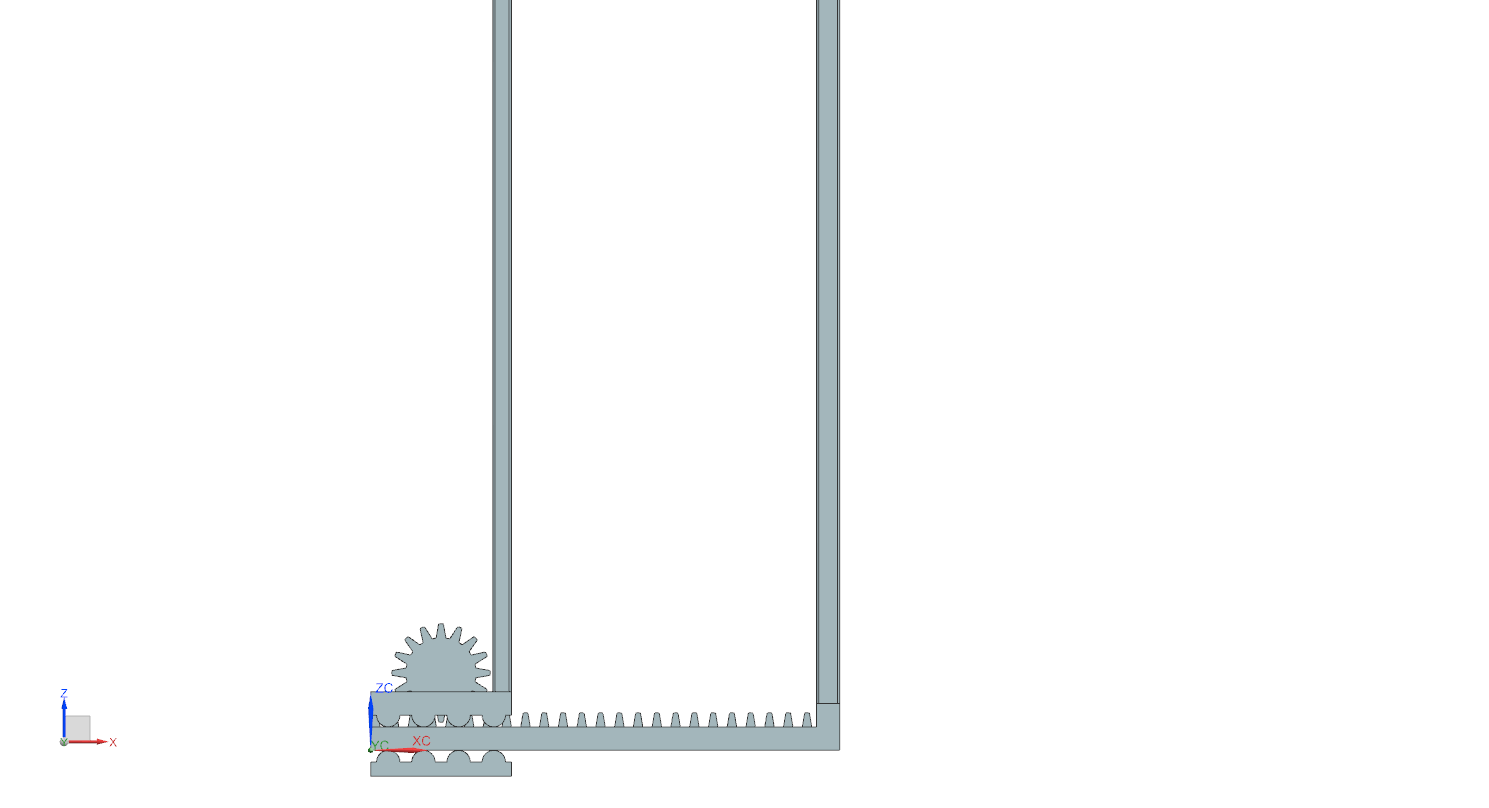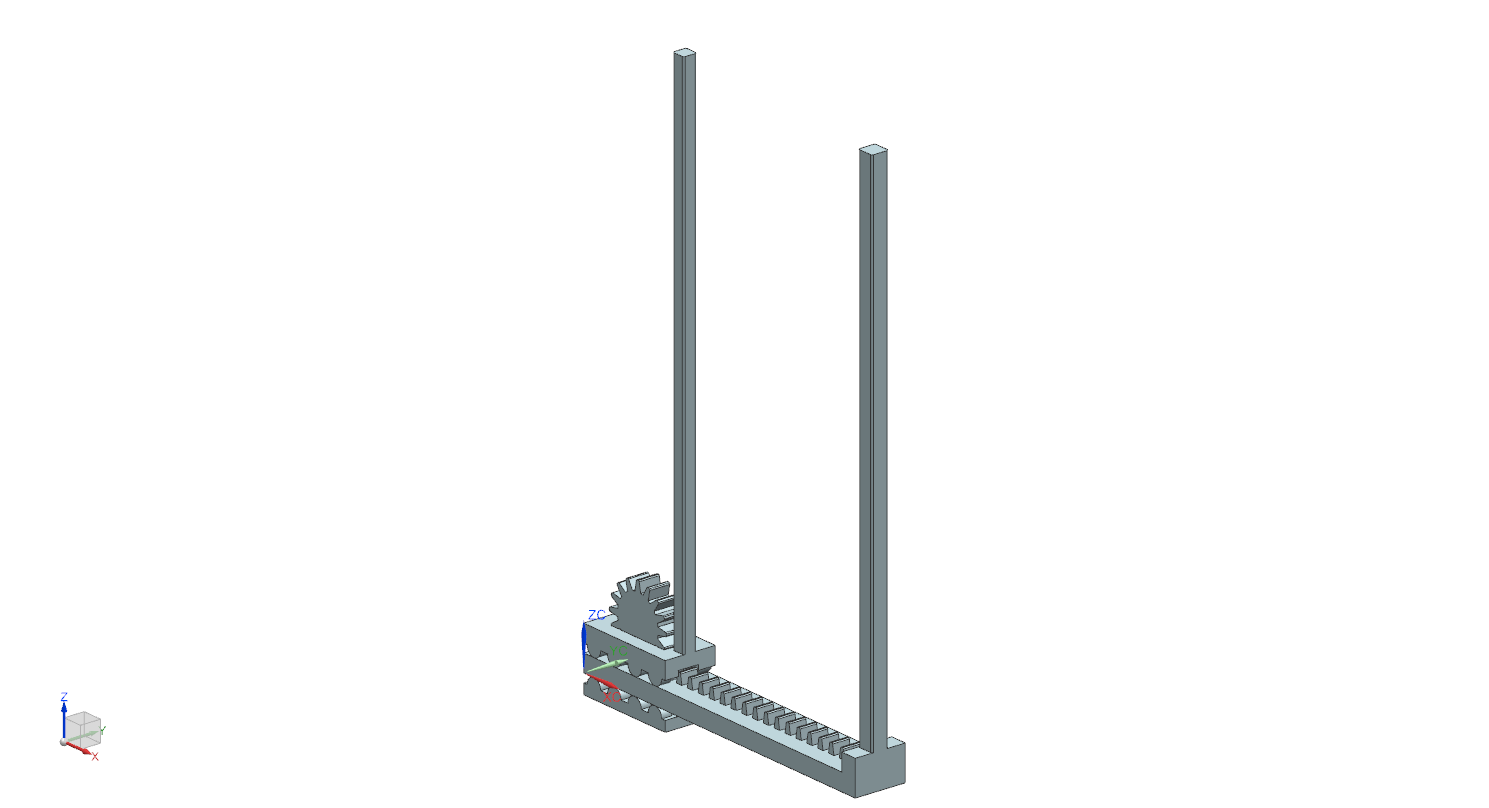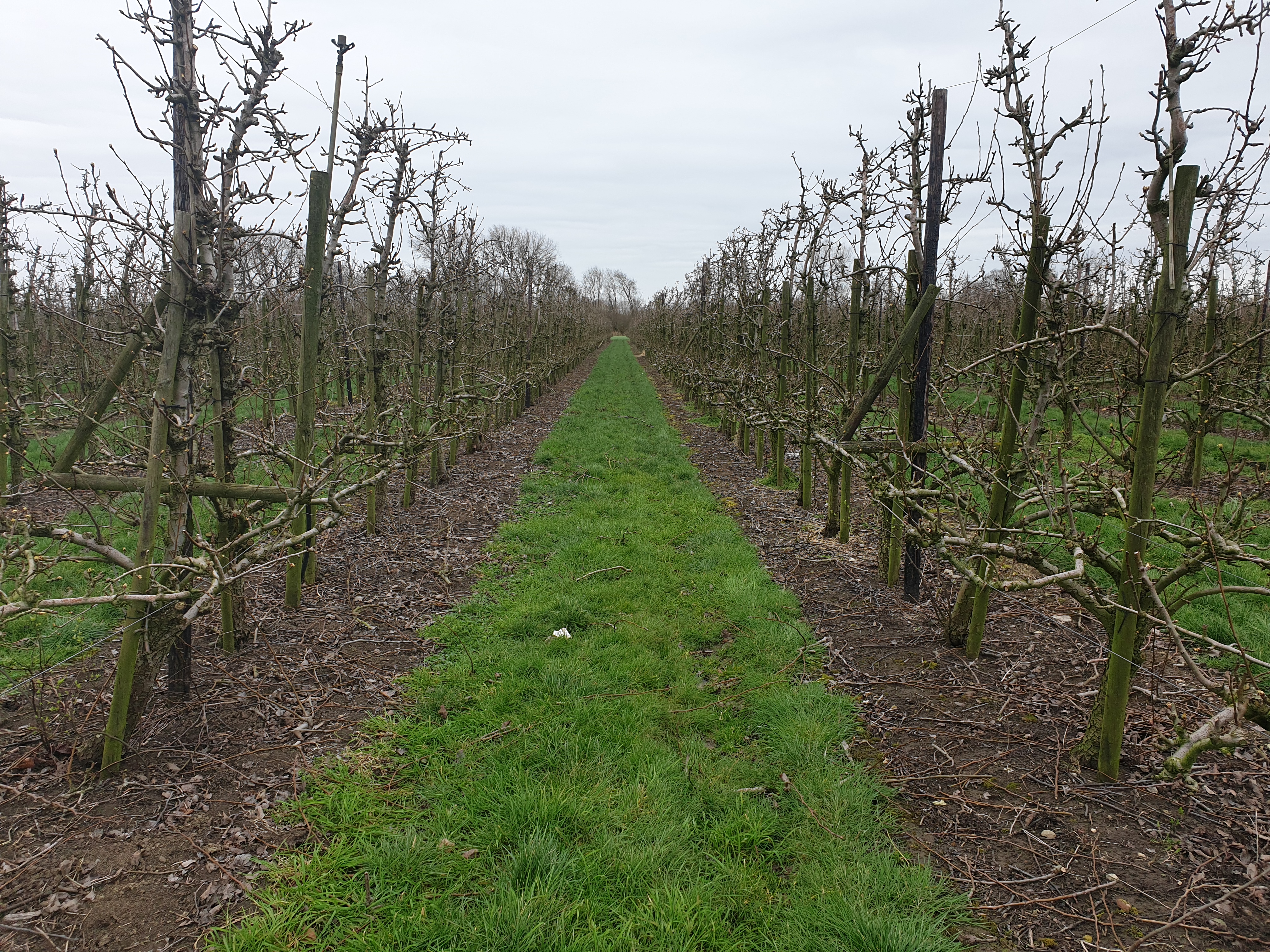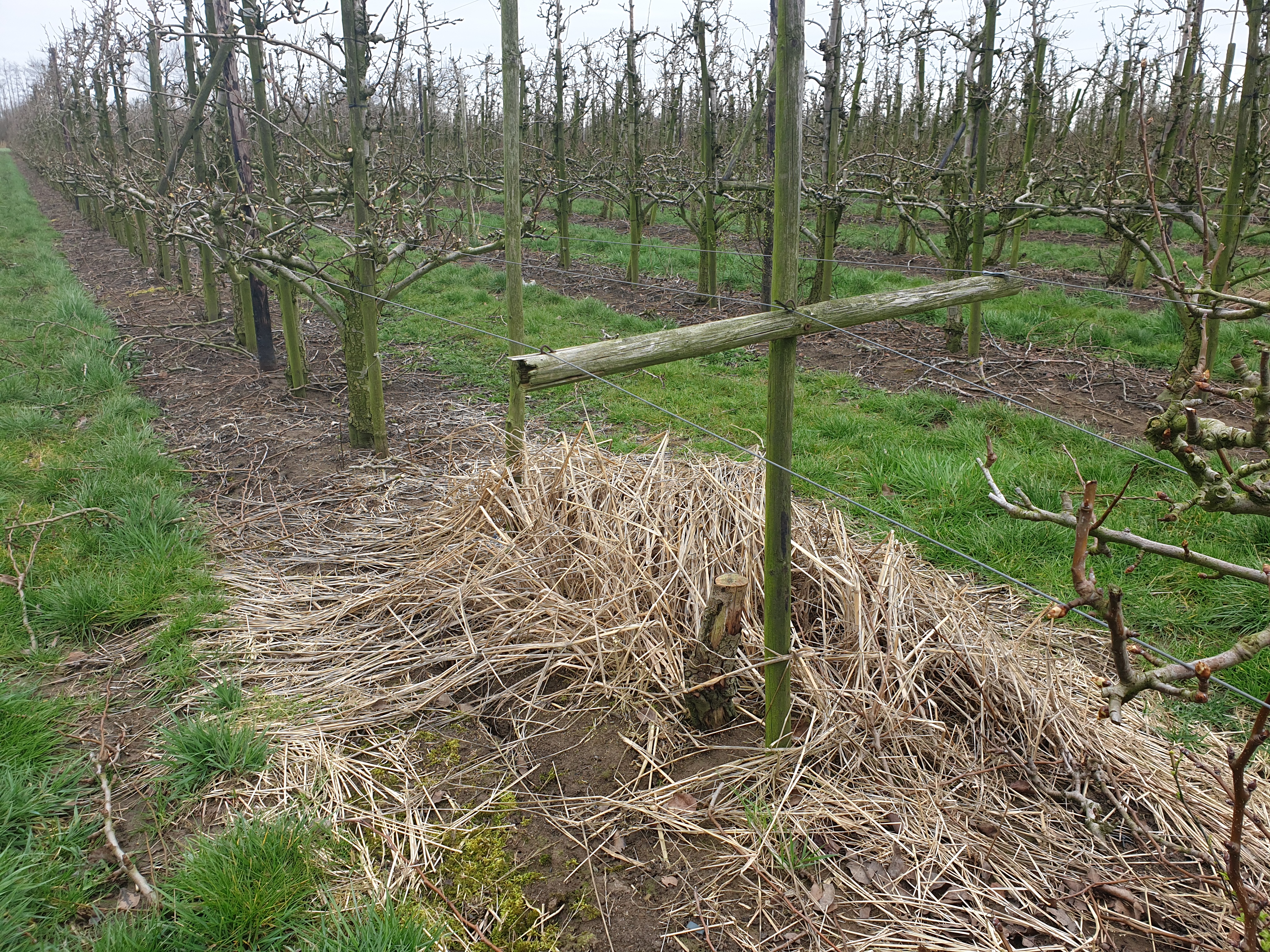PRE2018 3 Group5
Meaning of used colors
Colors should be removed in the final version. They are to make changes and remarks better visible
- Yellow background: remark what has to be done in section (maybe not directly possible).
General info
Group members
| Name | Student ID |
|---|---|
| Ruben Haakman | 0993994 |
| Stan Latten | 1257196 |
| Tom Mulders | 1008890 |
| Jasper Stam | 1006240 |
| Mathijs Vastenhouw | 1269496 |
Problem
When farmers grow crops, the have to deal with weeds growing on their fields in between their crops. To remove these weeds, pesticides are used. These pesticides can be harmful to insects, animals and humans and might even contaminate (ground)water. Clearly an alternative is needed.
Problem statement
In the current situation, a lot of pesticides are used in farming. These pesticides are used for treating bugs and diseases, but also for weeds. With the trend to be more environmentally friendly, we are looking for alternatives for pesticides and big farm trucks. A possible solution for this problem is a cooperation of small autonomous farming machines, which can control a field together. However, this solution is not new, people have already been working on the navigation of these small machines and on the detection of weeds in fields of crops. [1] That’s why we will try to make a weed picking device to be able to pick weeds without damaging the crops. For these small devices, we see future in the vertical agriculture as well, because they allow for a higher field density.
[1] https://ieeexplore.ieee.org/document/6740018
Objectives
RPCs
Requirements
- The system recharges autonomously
- The system must be able to differentiate crops from weeds
- The system removes weed from the farm field and collects it for disposal
- The system moves itself around the farmfield, following a predefined pattern unique for each farmfield
- The system must not be harmful for the crops.
Preferences
- The system can operate for a long time before having to recharge
- The system should make minimal errors in recognizing weeds
- The system can work with 3D patterns, allowing applications in 'farm flats', reducing land area use
- The system should damage the ground as less as possible
Constraints
- The system has to be more cost-efficient than human workers
- The system has to be intelligent, has to know what to do
- The system does never run out of power, so it has to return to the charging station in time
- The system does not use pesticides
Users and other stakeholders
The last thing can be done after contact with user (or if we don't get contact with user after additional research)
- Farmers
- Consumers
- Governments
- Society
Project setup
Approach
After reviewing the literature, we will determine the requirements for the system. Based on these requirements we will investigate implementations for these requirements and analyse their suitability. We will analyse the costs associated with a solution and compare this to the current costs of using pesticides, the effects on the stakeholders and on the future of farming. Finally we will conclude with a recommendation for or against the automated removal of weeds on farm fields without the use of pesticides and recommend future research topics.
Milestones
- State-of-the-art analysis
- Requirements Document
- Use analysis
- Implementation propositions
- Implementation analysis
- Cost analysis
- Conclusion
Deliverables
- Requirements document
- Implementation document
- Use analysis
- Cost analysis
- Conclusion
Who's doing what
- Ruben: Design(electronics), cost analysis.
- Stan: Design(general), Requirements, Use analysis.
- Tom: Design(general), Requirements, Use analysis.
- Jasper: Design(software), STOA analysis, Requirements, Use analysis.
- Mathijs: Design(general), STOA analysis, cost analysis.
State of the art
The literature study can be found on the page State of the art
Planning
For each week, there are points what we plan to do in that week. Planning can change over the weeks, dependent on the progress in the project. Final versions of the documents will be delivered at the end of the quartile, but concept versions will be delivered earlier.
Week 1
- Introduction to course
- Brainstorming about problem
- Make problem statement
- First idea on plan for project
- Literature study on problem
Week 2
- Updated problem description
- Concrete planning for project
- Make plan more clear with introduction
- Analysis of literature found in week 1
- First idea on requirements
- Start on USE stakeholder analysis
Week 3
- Concrete decisions on prototype
- USE stakeholder analysis
- Make requirements ready to start on design
Week 4-6
- Work on prototype
- Analysis of requirements based on prototype and update if needed
- Analysis of decisions made for prototype and update if needed
- Update other documents if needed
Week 7
- Finalize prototype
- Prepare presentation
Week 8
- Presentation
Function definition
As described in the problem statement, the robot should be able to move autonomously. For this document, we will investigate 1. how the robot autonomously maneuvers across fields, covering it fully and 2. How the robot operates when it needs to charge, needs to empty its container or has finished working a field.
TODO: proper referencing to papers
For the autonomous maneuvering across fields we consider the following approaches: Full autonomy: the robot will given a field, determined by GPS coordinates, autonomously decide a(n) (optimal) route to fully cover a field. Semi-autonomy: the robot will follow set route, obtained from GPS data generated by the user or provider of the robot. For both approaches the robot will automatically detect obstacles including humans and animals and halt operation temporarily.
Full autonomy is highly desirable, as this improves the portability of the robot, reduces overhead for client and provider and potentially increases efficiency, in cases where a provided route is not optimal. However, full autonomy is hard to achieve, bears greater upfront costs and potentially is not cost-effective at all. Semi-autonomy, on the other hand, is cheaper and easier to implement, as following a set GPS route is near trivial. However it has the overhead that a GPS route has to be determined before operation can commence. Determining a (good) GPS is not hard, but costs time and effort, and has to be done for every individual field. As discussed in paper 14, determining a route for a tractor is not hard, it only requires the user to drive the desired route and then the autonomous system can replicate it, however in this use case, where the robot potentially is small, this would require a user to either use specialized equipment to determine a route, such as a remote drone, or to walk the route, which is less desirable.
Additionally, for bigger fields, a group of robots working together can be more cost-effective. In the case of fully autonomous robots, this means the robots must communicate and delegate parts of the field to each other. Depending on the implementation this can be done efficiently. Each robot could for example mark the visited coordinates or sectors on a shared digital data structure. Other robots can then avoid this areas and avoid doing extra work. Alternatively, at the initialization of the job, the robots could negotiate a sector of the field to be assigned to them and basically divide and conquer the work, as if the field was actually multiple small fields, worked by a single robot. Either way, this cooperation seems only marginally, if at all, more difficult than creating a fully autonomous robot and as such does not play for or against the fully autonomous system for deployment on bigger fields. As far as the semi-autonomous system is concerned, a possible cooperation technique for multiple such robots operating on the same big field could be a equal division of the pre-set path among all the cooperating robots. In conclusion, the size of the field does not particularly favor either implementation.
Next to the size of the field, let us look at how the shape of the field impacts our design decision. First of all we have (near) rectangular fields. Arguably, such fields are easier to handle, both for (semi-) autonomous as well as non-autonomous systems, than irregular fields. One simple, but possibly suboptimal, manner of dealing with (near) rectangular fields is to drive the full length (or width) of the fields, turn around and repeat until the entire field has been covered. For a semi-autonomous system, such an approach can be created easily as discussed in paper 14. For fully autonomous system, such a field should also be easy to operate on, as in the worst case, it should be able to do exactly the same as a semi-autonomous system; a simple reflex agent, which turns around once detects the field border (via GPS or some other feature) and some termination conditions might even suffice. Let us then turn to irregular field shapes. Currently, farmers are already dealing with irregular fields manually, as such a semi-autonomous system can be given a route without any issues. For autonomous systems, however, irregular fields might prove to be more challenging. Of course, this depends on the quality of the AI, but performance might be lower in the worse case (an approach might for example be a semi-bruteforce of the field), than the performance of a semi-autonomous system, but in the best case this might be better. Either system is able to handle an irregular field, but the performance of the autonomous system is heavily reliant on the quality of the AI and should be investigated for a conclusive recommendation.
Overall, when only looking at the maneuvering of the robot on the field, TODO: safety , a robot is able to autonomously deal with an entire field. A semi-autonomous system is guaranteed to fully cover the field, and is cheaper than a fully autonomous solution, however it has the additional overhead that a route has to be predefined. A fully autonomous robot has the potential to be more efficient in its route, but is more technically challenging. Since the size of the field, and the cooperation between robots, does not favor any particular solution and the shape of the field inconclusively favors a semi-autonomous system, our recommendation is to utilize a semi-autonomous system for now, until fully autonomous systems become more mainstream and less expensive.
Next we discuss how a system should behave when it needs to charge, needs to empty its container or has finished working the field. We can distinguish a couple of behaviours in such cases: The robot signals the user and waits for it to be picked up The robot stops somewhere in the field The robot moves to the edge of the field or even a designated point at the edge of the field The robot autonomously moves to a point, where it can charge, empty or wait The point is at the field edge The point is further away The robot autonomously moves to work another field
Before we discuss the pros and cons of the above behaviours, we must point out that the desired behaviour likely depends on the user. Some farms have all its fields close to or adjacent to each other, whereas other farms have their fields scattered around the vicinity. This heavily impacts whether a user is willing to pick up the robots or wants the robots to come to some “waiting place” or continue working another field. Also the wealth of the user determines whether each field has a charging point, or not. Finally the implementation of the charging point impacts the above: is it a fixed-in-place charging point, or more like a powerbank that you place where and when needed? TODO: specify charging point On closed farms, meaning farms where you can move between fields without encountering random people or vehicles anywhere, a more automated approach is viable: The robot could move from a field to a charge, empty or wait point somewhere else on the farm easily by just following a set route. It would then be the user’s responsibility that no objects or people get in the way, which is very manageable. Alternatively, again, a fully autonomous system could be used for the routing and maneuvering to the point. We can present similar pros and cons for a fully autonomous versus a semi-autonomous system again as above, but for this particular use case (closed farm) a semi-autonomous system would do just fine.
- Method of moving around the farmfield
- Differentiate crops from weeds
- Grab the weeds efficiently, universal for all weed types and orientations
- Move gripper from weed container to the weed on the farmfield and vice versa
- Battery monitoring to know when to stop
- Recharging at recharging station
- Weedcontainer monitoring and emptying mechanism
Concept gripper
The gripper should grab all kinds of weeds and remove them efficiently. The first concept uses two long parallel rods, which extend under the weed so the stem of the weed will be in between the two rods. When the gripper is at its place, the rod, mounted to a carriage, will be moved towards the stationary rod and the stem will be clamped in between the two rods. Now the weed is hold tightly at a relatively strong point, it can be pulled out of the soil, together with its roots. The gripper can then move to a weed container and dropping the weed in there. Below, a drawing of this gripper is shown, together with a carriage that will move one of the rods. The movement of the carriage is done by a rack and pinion actuator. The drawing is just a concept: manufacturing margins, motors, bearing seatings etc. still have been left out of the picture.
Battery
There are existing ideas about battery changing systems. One battery is in the vehicle and one or more are at a loading station. There also exists systems that can measure the remaining capacity in a battery, which are already used in notebooks and mobile phones. From the remaining capacity can be calculated how far the robot can drive. In the navigation, it can also calculate how far the charging station is away. In this way, the robot knows when to go to the battery station. Battery charging techniques already exists and are used in a lot of applications, so we can use that.
Weed container
If you put weed in a container, then it doesn't nicely fill up the container. To solve this problem, you can use a press, like in a garbage truck. This presses the weed, such that it takes less place and the robot can work longer without emptying the container. To detect how full the container is, you can measure to which position the press comes with a specified force. Emptying the container works the same as with garbage trucks: tilting the container above some bigger container.
To Do
USE Analysis
- USE analysis: https://docs.google.com/document/d/11Q8HsUYSPQEllv-ZF9OJwBJt-5876pTHUyQT4u5a_HE/edit?usp=sharing
- User analysis: https://docs.google.com/document/d/118a4wefpTFePzGsjSCVFnKgB0ovdOYLEyyiVxnuS0KA/edit?usp=sharing
Design
https://docs.google.com/document/d/1GqDKe4tSWTHXpjfg9MIRfuXH_DEbR_6_GZLqZEOfF5Q/edit?usp=sharing
Contact with users and other research teams
availability
- Tom: maandag middag, dinsdag, donderdag middag
- Jasper: maandag middag, dinsdag ochtend niet 19-2, woensdag ochtend, donderdag middag
- Ruben: Maandag middag, woensdag vanaf 13 maart, donderdag 21 en 28 maart, vrijdag middag
- Mathijs: Maandag middag, dinsdag middag niet 26, woensdag, donderdag.
- stan: Maandag middag, dinsdag middag, woensdag, donderdag.
Questions
User
- Is weed a big problem?
- How do you currently fight weed?
- How how many time costs it take to fight weed?
- How many people are needed to fight weed?
- What is the planning in removing weed? i.e. after how many time should you start again with the fields, how many times a season do you need to go over each field.
- How big is the area in which weed should be removed?
- Are all the locations reachable without using public roads?
- Are there many animals such as rabbits, birds in the fields?
- Which tools do you use currently?
- What is the cost of the tools and how long do they last?
- What it the cost of the people that are removing the weed?
Other researchers
- What are the main advantages of fighting weed with robots?
- What is the main problem of pesticides?
- What is the current solution, you have?
- What is the weight of that solution?
- How many energy consumes the current solution?
- Is the solution dependent on the type of crop and on other circumstances?
Interview
Interview with the Farmer
We went to a farmer and came to the conclusion that greenhouses are not the right location for our robot plans and ideas. However, for the outside fruit cultivation it could be very useful. We got the tip to look at fruit trees like apples, pear and cherries, instead of his strawberries. These are grown in the neighborhood as well. We found a fruit farmer who was willing to tell us something about his farming and he answered all our questions. After the interview we went to have a look in the fields. We made pictures of the situation and from a lot of the common obstructions. This gives us a good image for making a model of the environment we are facing.






